Spatial
Sufyaan Chuttur 3 MIKA
-
School
University of Auckland
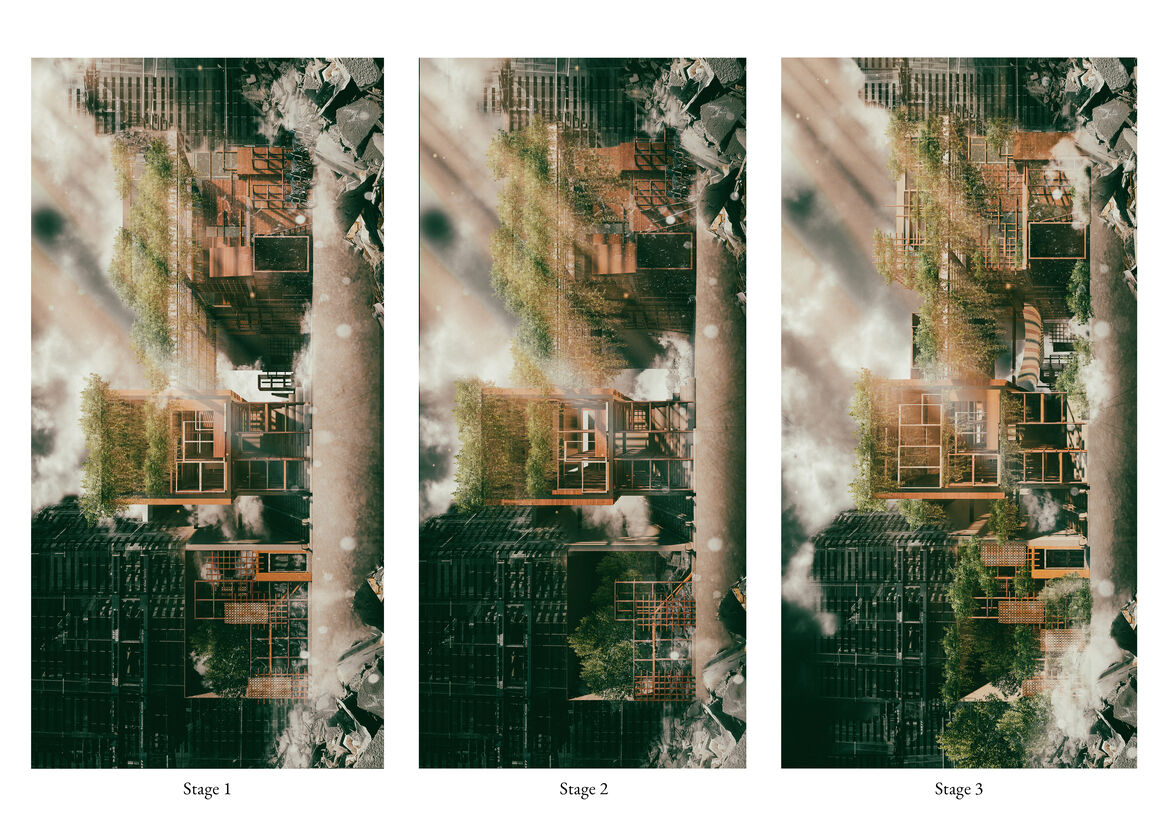
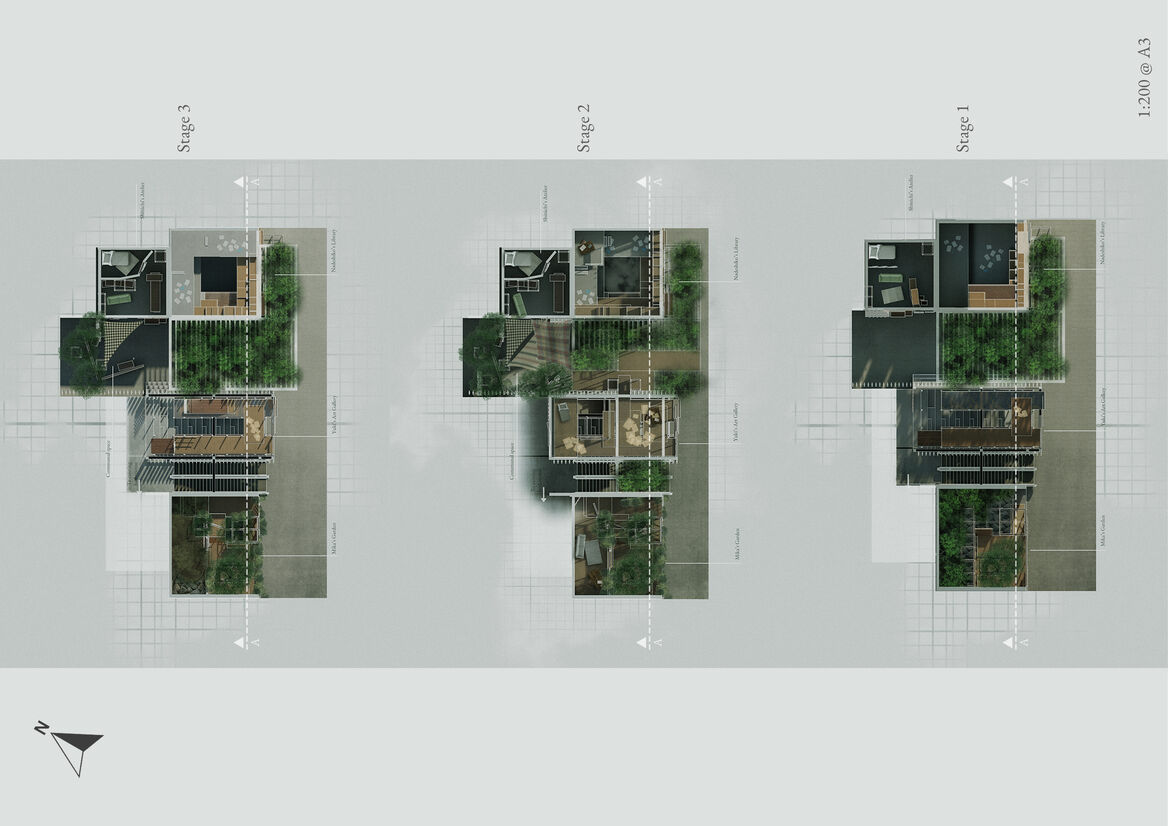
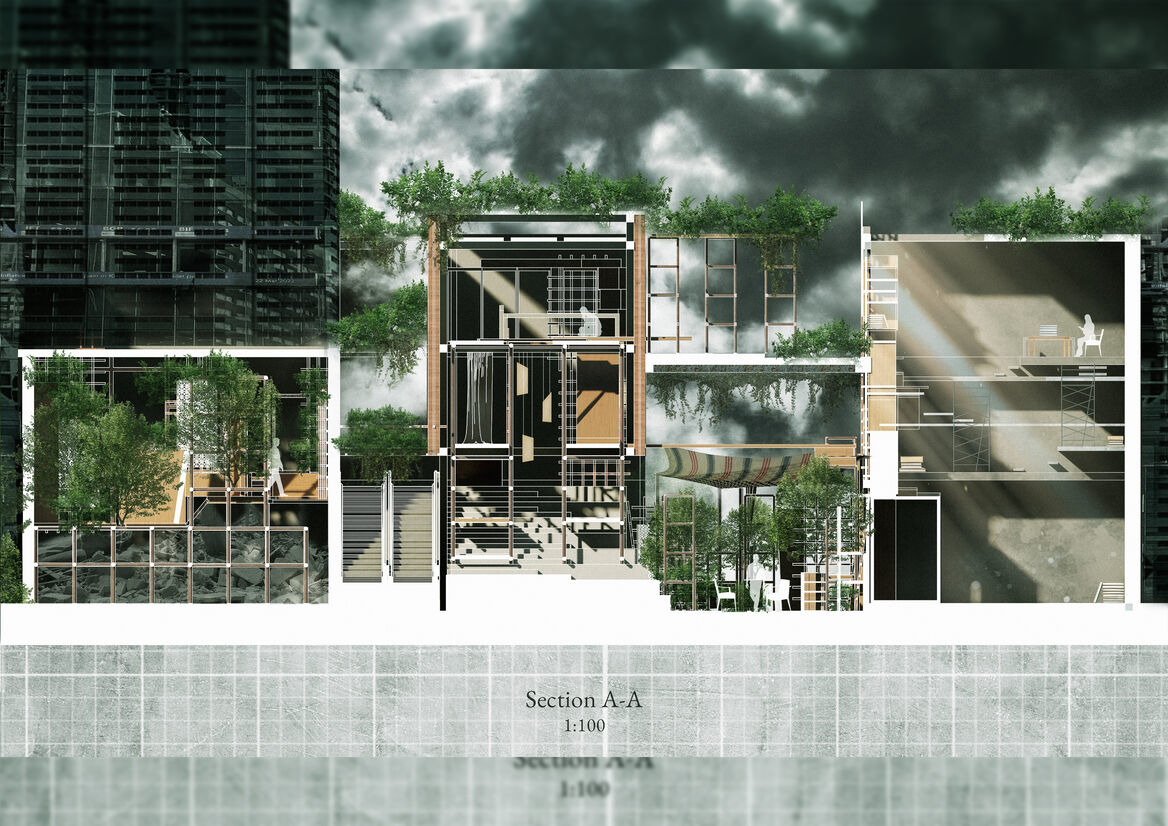
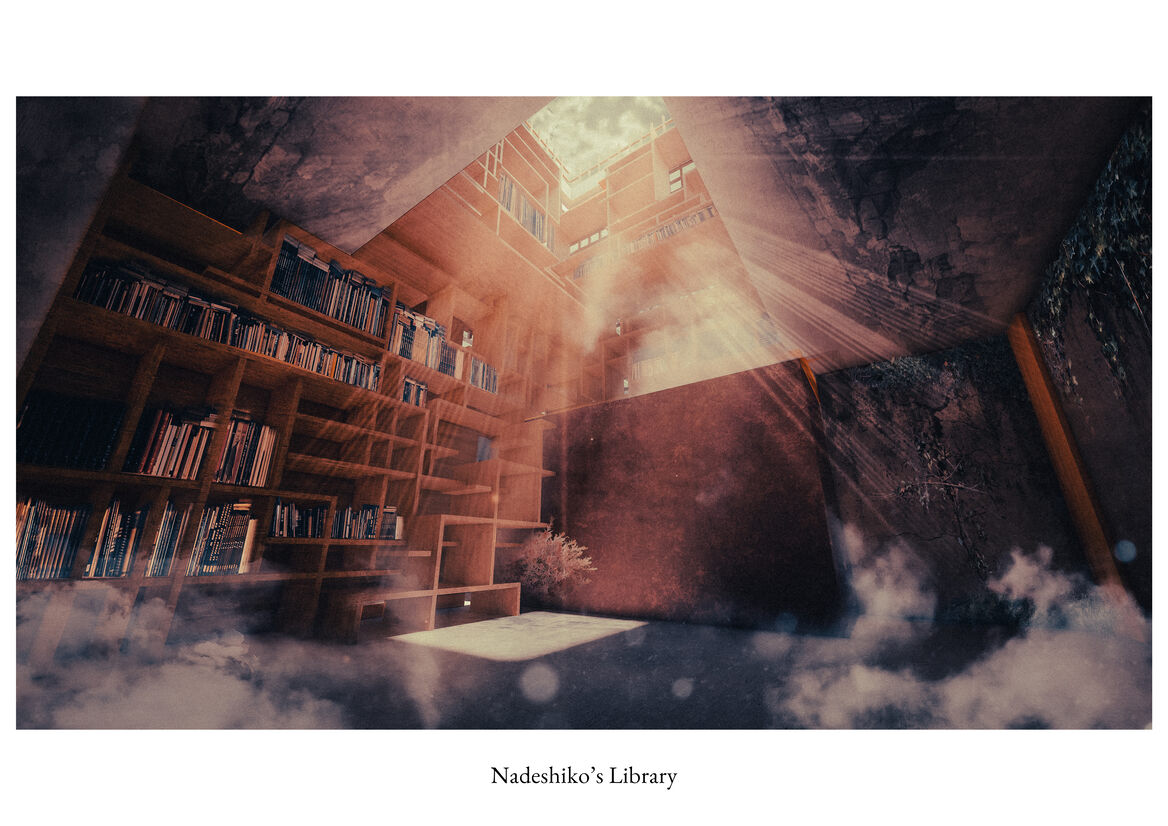
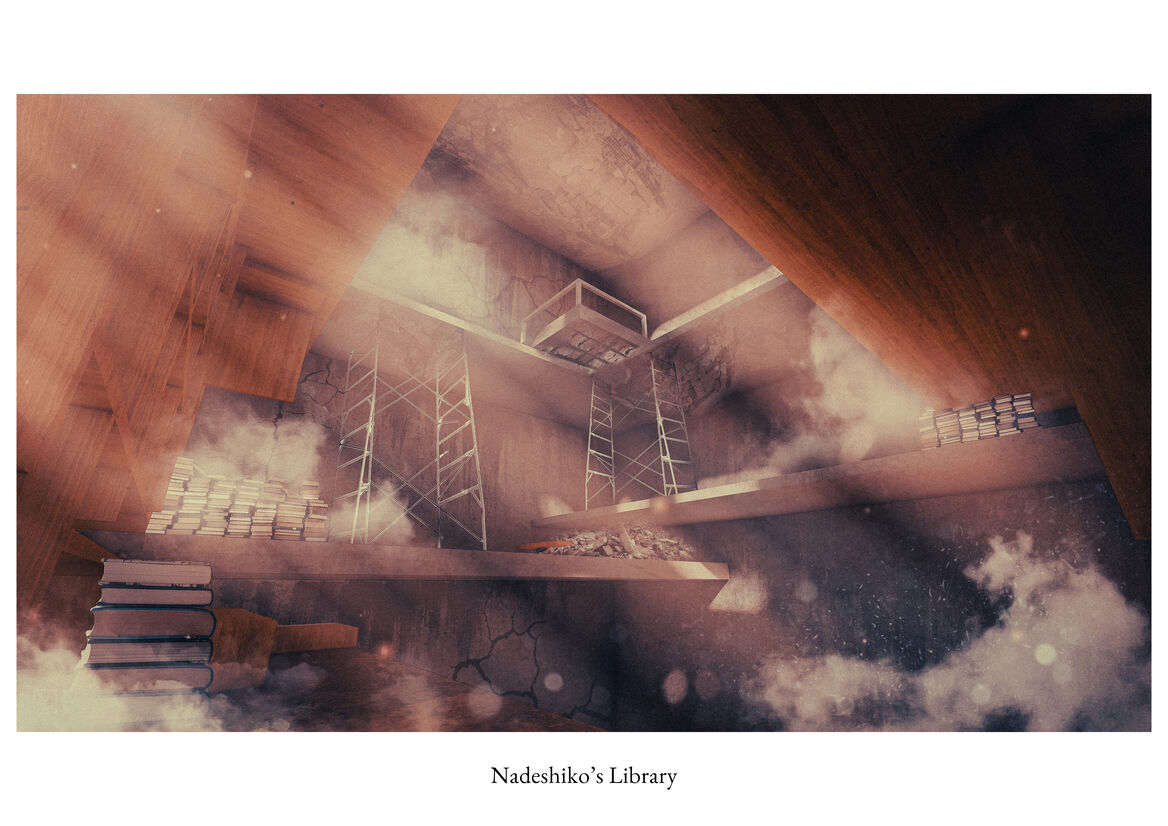
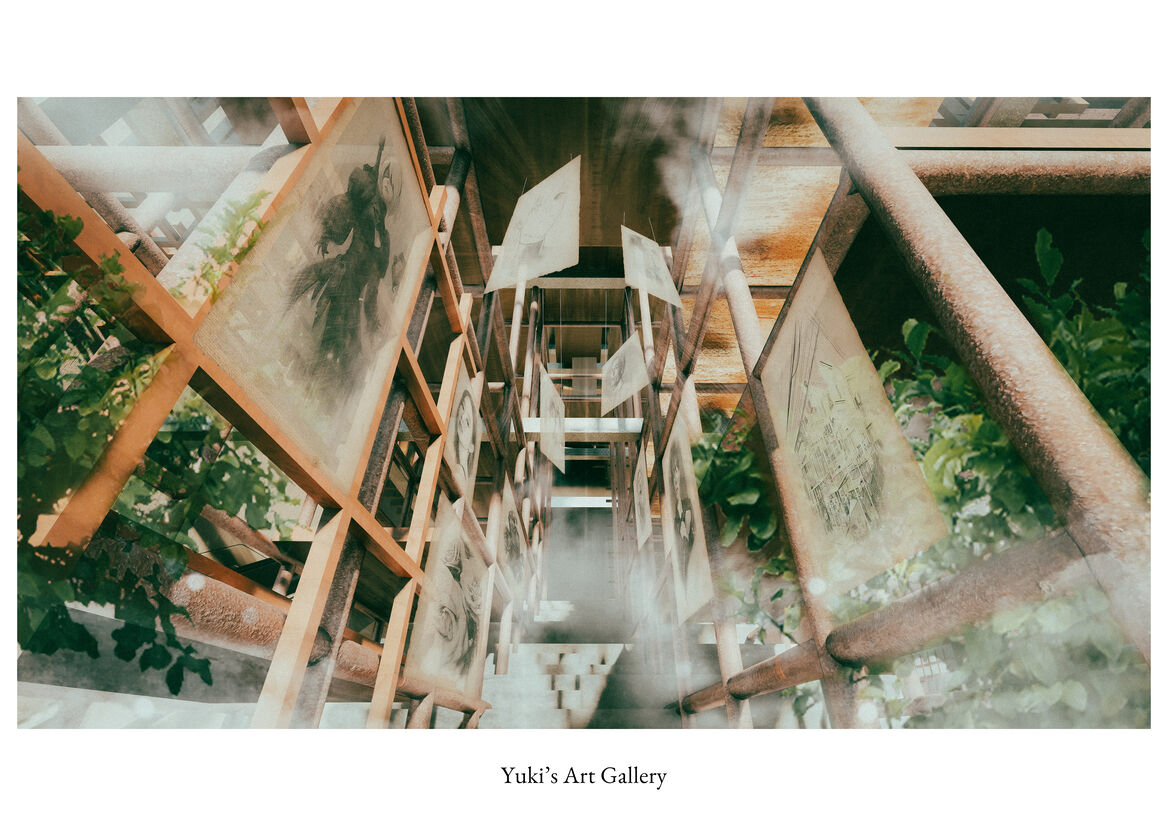
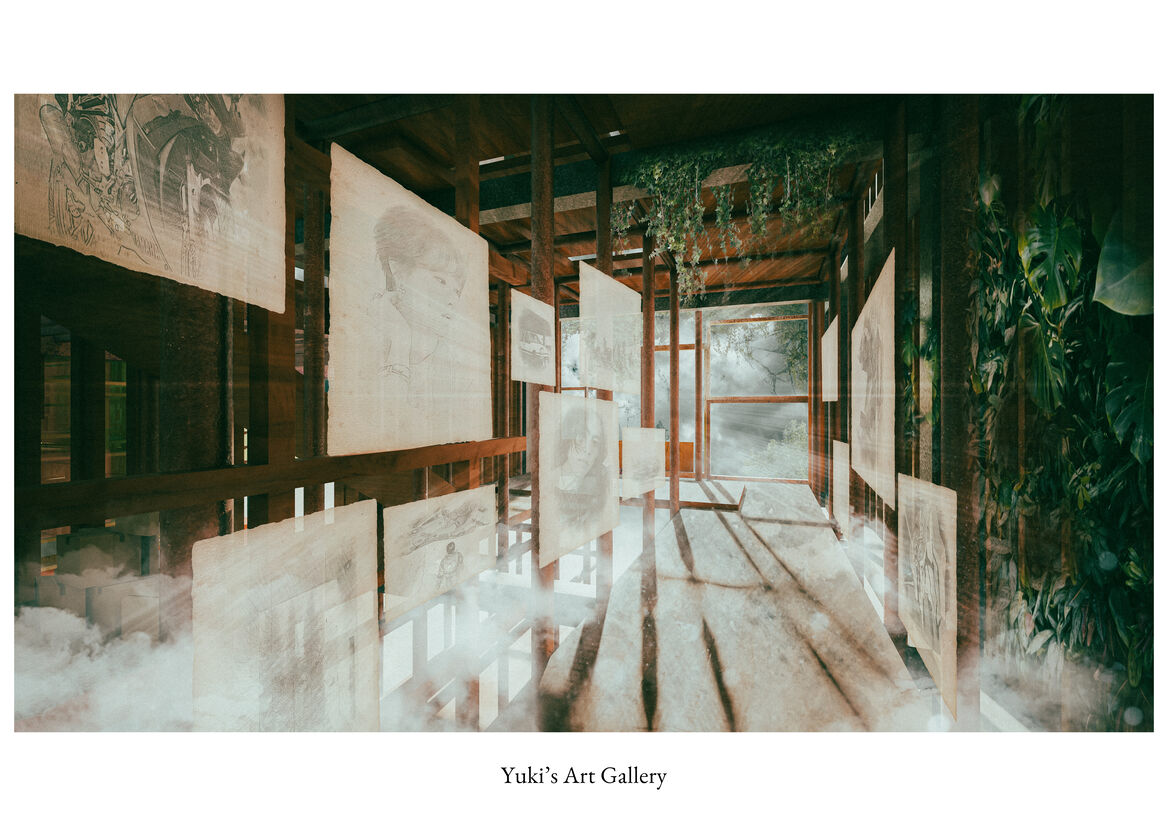
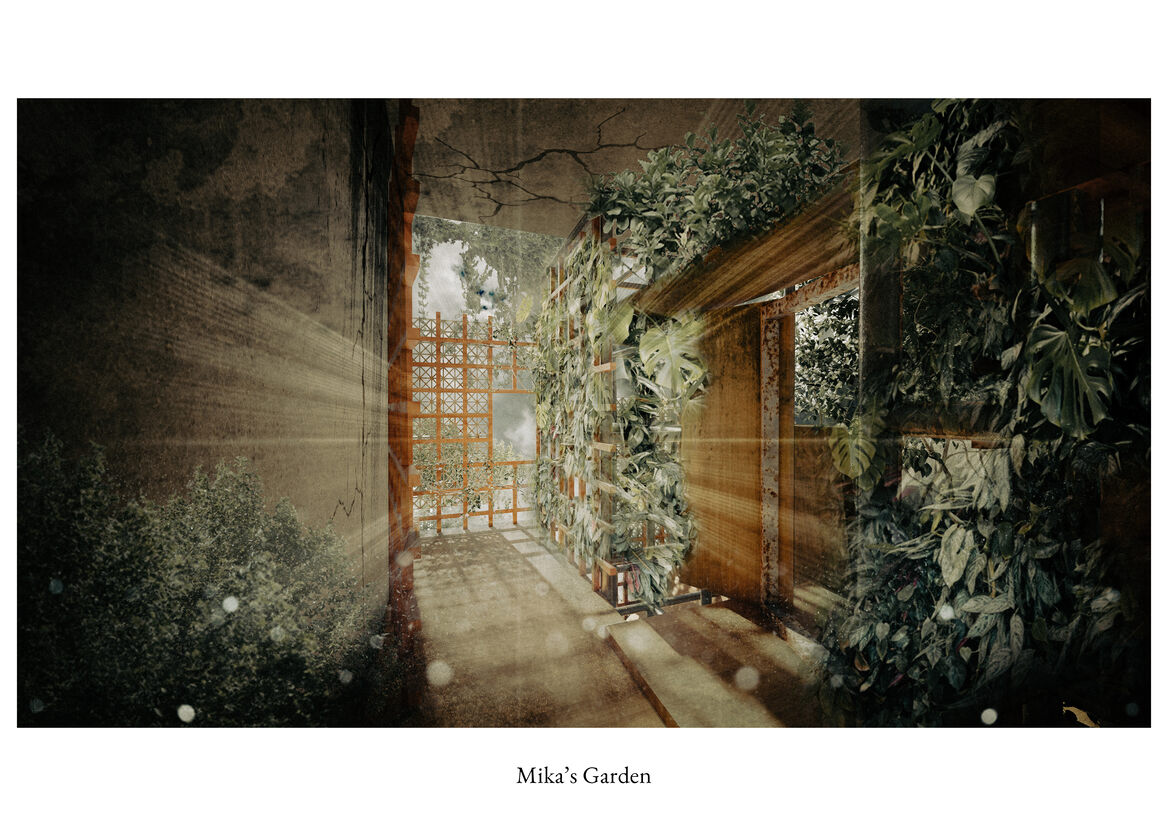
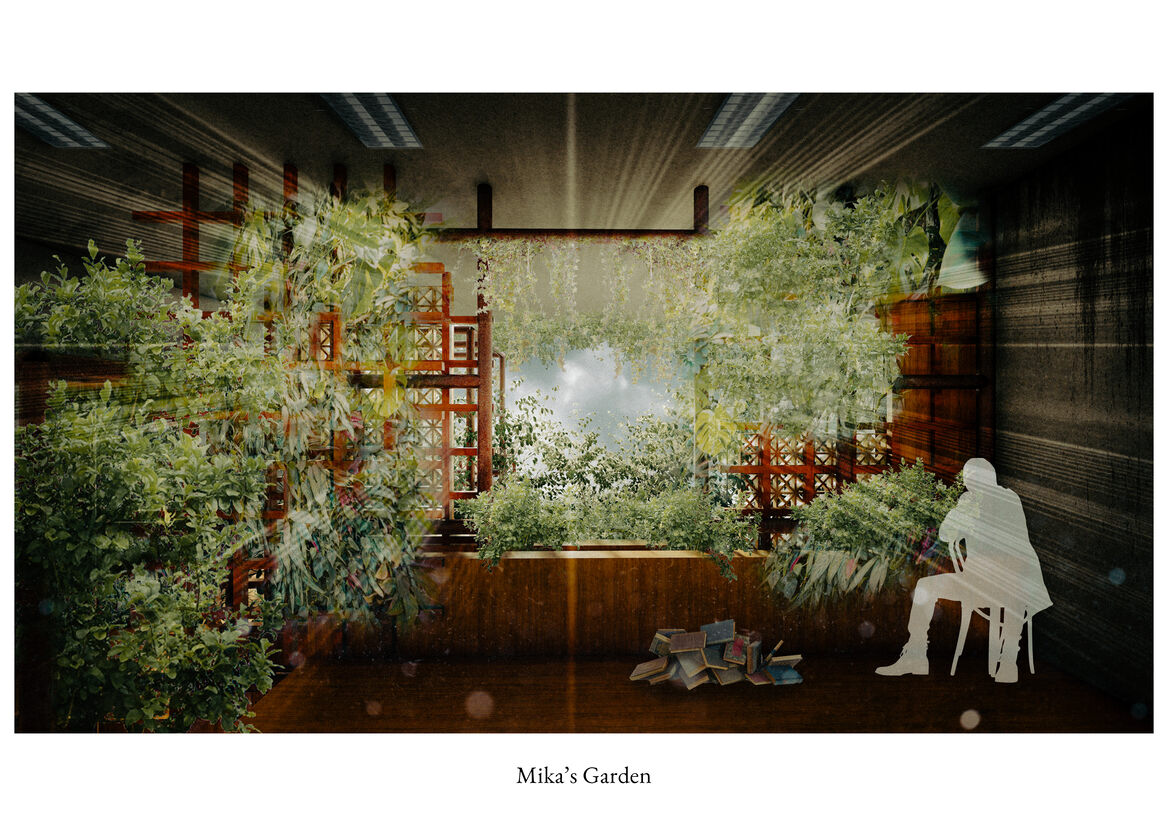
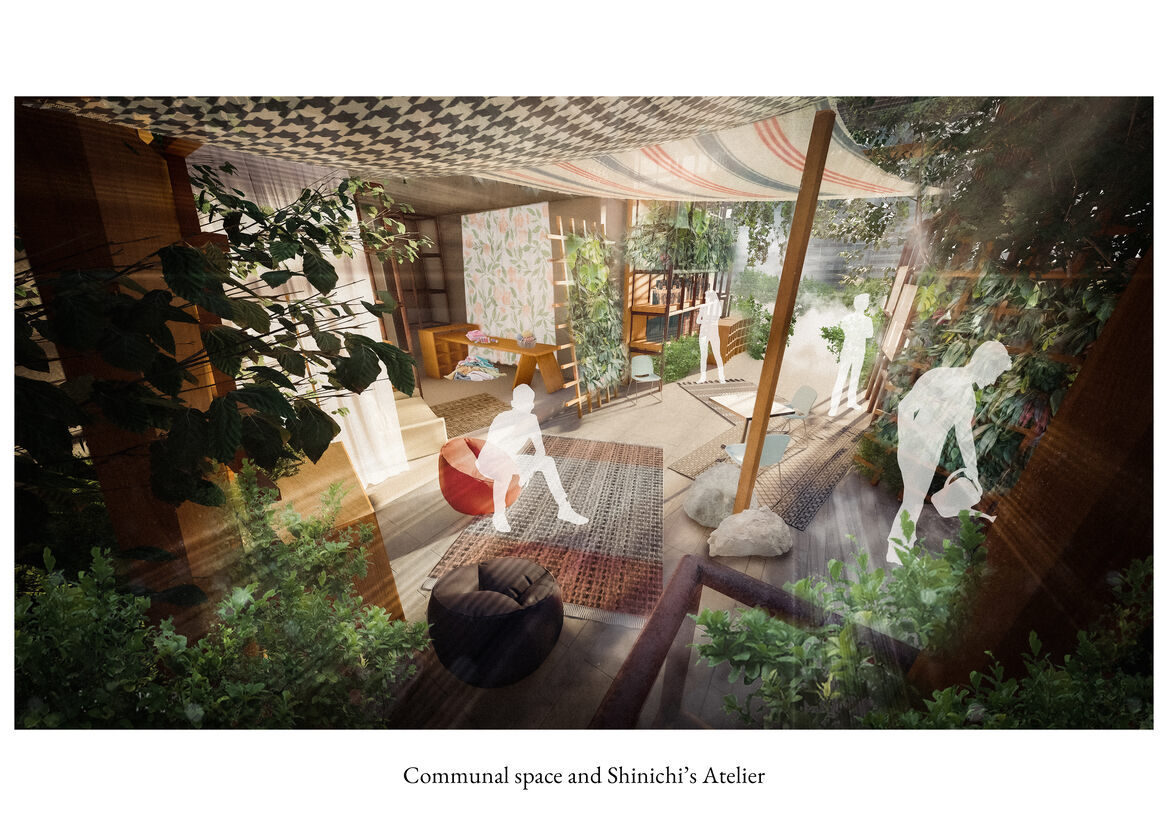
Description:
My brief was to create architecture funded from a non-traditional funding system and present it in a non-traditional format. I chose scavenging and re-use of materials as my funding system and a manga as my presentation. I wanted the resulting design to be deeper than just scavenged materials put together to create shelter. I wanted to understand, if given a sandbox of materials, how would individuals construct their shelters and how would it change over time and why would they build the way they do.
The story follows a group of four friends in their search for self-expression and inner peace. In a world that represses individuality and promotes the idea of instrumentality, they must rebel against the oppressive government and return to the forbidden city to build in its ruins, their sanctuaries.
The core of the project is based on the fictional world, the funding system, and its restrictions. The final designs seem to be a group of friends enjoying themselves in the ruins while letting their imaginations run wild, but further inspection reveals the nature of the human character and its relation to the architecture.
The design of the buildings is based on a psychoanalysis of the characters. The characters are building by scavenging and re-use materials based on their hobbies and interests influencing the function of the buildings and the components which they use to create the buildings. However, to have an accurate recreation of what components the characters would pick and how they would lay them out requires us to do a psychoanalysis of the characters and use architectural theory to determine the architecture.
The architecture is a representation of each character’s personality and is responsive to the environment and the neighboring characters’ structures. Like the human self-image, the interior of structures represents self-desires, the exterior reflecting the inner image while adapting and mutating to the surrounding environment. Like a mirror, our personality is based on others’ perceptions of us. The personality of surrounding structures also mutates the façade which results in changes in the interior atmosphere. As the buildings age, they age together, responding to their inner desires, the environment, and the surrounding structures, growing their personalities and relationships.
At the end of the project, I learned about the importance of architecture’s role in creating a place of belonging for its inhabitants.
Loss of individuality is the same as non-existence.
In a world struggling to remember the people inhabiting it we move to a state of instrumentality, where all minds merge into a singularity. Unable to remember, the world becomes nothing more than a meaningless transitory dwelling in which you have no place. You never existed.
Liminal Architecture rejecting memory has no place. Architecture which reacts to humans, with personality and a reflection of what it means to be human is how we write our chapters in this story. Impacting the environment and space in which you dwell, creates a sense of belonging, our landmark, and timestamp. We find meaning and purpose. We mean something.
Judge's comments:
This project invites you into an intriguing and aesthetic world that drips personality. The design premise - driven by funding mechanisms is original and has resulted in spaces that are evocative and uniquely represented through a series of stunning renders.